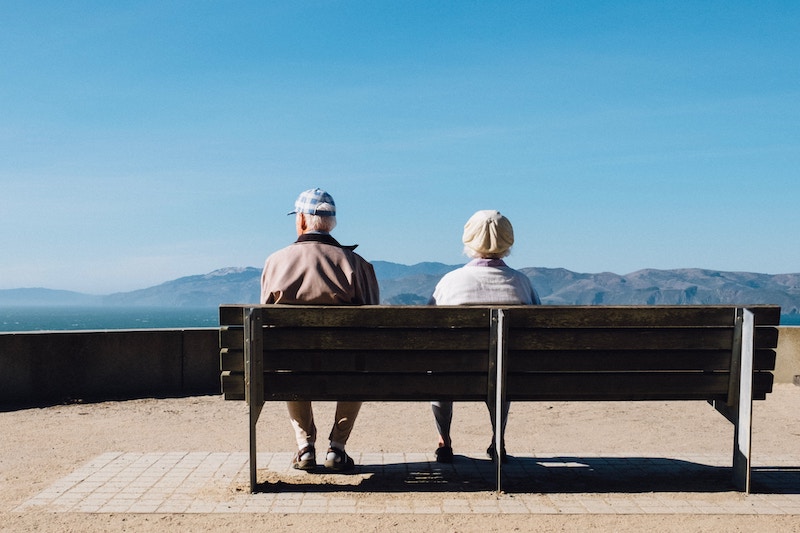
Health News
New review highlights evidence on how to increase physical activity in everyday life
A new review from the National Institute for Health Research looks at evidence around what works to get people active and sustain their activity
July 9, 2019 By NATIONAL INSTITUTE FOR HEALTH RESEARCH
 Photo by Matthew Bennett on Unsplash
Photo by Matthew Bennett on UnsplashPhysical activity is important for physical and mental wellbeing and keeping socially connected. This themed review, Moving Matters, brings together more than 50 published and ongoing studies funded by the National Institute for Health Research (NIHR) on ways to increase physical activity in everyday life. This review considers the changing needs and opportunities of different age groups from infancy onwards, as well as considering interventions in the workplace and in the built and natural environments.
“The NIHR physical activity evidence review will be an invaluable tool to anyone working in practice or policy. Evidence should be one of the key building blocks for any decisions. It helps decision makers determine what works and what doesn’t, what should be commissioned and prioritised, and (equally important) what should be stopped.” Sarah Ruane, Strategic Lead for Health, Sport England.
“The importance of physical activity to many aspects of physical and mental health and wellbeing is well understood. This report shows the depth and breadth of that understanding, and encourages us to consider how we can work with people and places to achieve the best possible impact.
“Walking and cycling are among the best ways for many people to incorporate physical activity into their lives. Ongoing work should emphasise the connection between helping people to travel locally by foot and by cycle with supporting social connectedness, reducing isolation, improving local amenity, and supporting access to jobs and services.” Dr Andy Cope, Director of Insight at Sustrans.
This review highlights that there is no single solution and that what is effective to help us become and stay active depends on who we are, the environment we live in, and our wider social and cultural context. But we do know something about what works from this evidence, which focuses on high quality research. In the past we have often depended on smaller studies with people reporting their own activity rather than using objective measures of change. This review highlights an important and growing evidence base to support decision-makers.
Findings in the NIHR review include:
- Community organisations and decision makers should consider the whole range of ways people can be active and the diversity of factors that shape people’s habits and behaviours, and avoid seeing physical activity solely in terms of sport and exercise.
- The largest and most sustainable benefits, particularly for people who are least active now, are likely to come from increasing activity as an incidental part of everyday routines. Promising interventions include improving opportunities for public and active transport, enhancing access to green spaces and leisure facilities, and changing school and workplace routines to reduce time spent sitting.
- Programmes tailored to particular individuals and groups can also be effective, such as a weight loss programme run through football clubs and an education programme to help people at risk of diabetes to walk more. Some features shared by many successful programmes are: encouraging people to use a diary or pedometer to monitor how active they are, increasing activity a little at a time, setting goals, and making the activity enjoyable and sociable.
- Beyond direct physical benefits, interventions to help people become more active can bring many co-benefits such as improved wellbeing and social connectedness, reduced traffic with safer streets and lower emissions, and more pleasant open spaces.
- More research is needed into adapting interventions to support particular groups that are likely to be less active whether because of social and cultural norms, difficulty or expense accessing opportunities to be active, or a change in their life circumstances.
Print this page